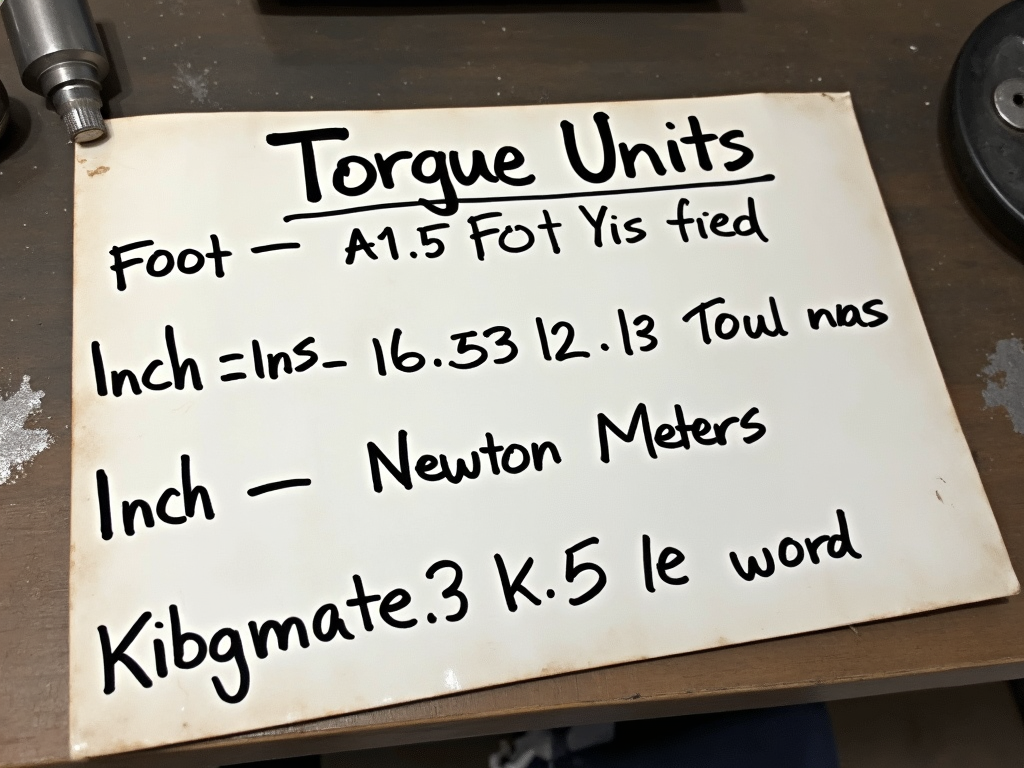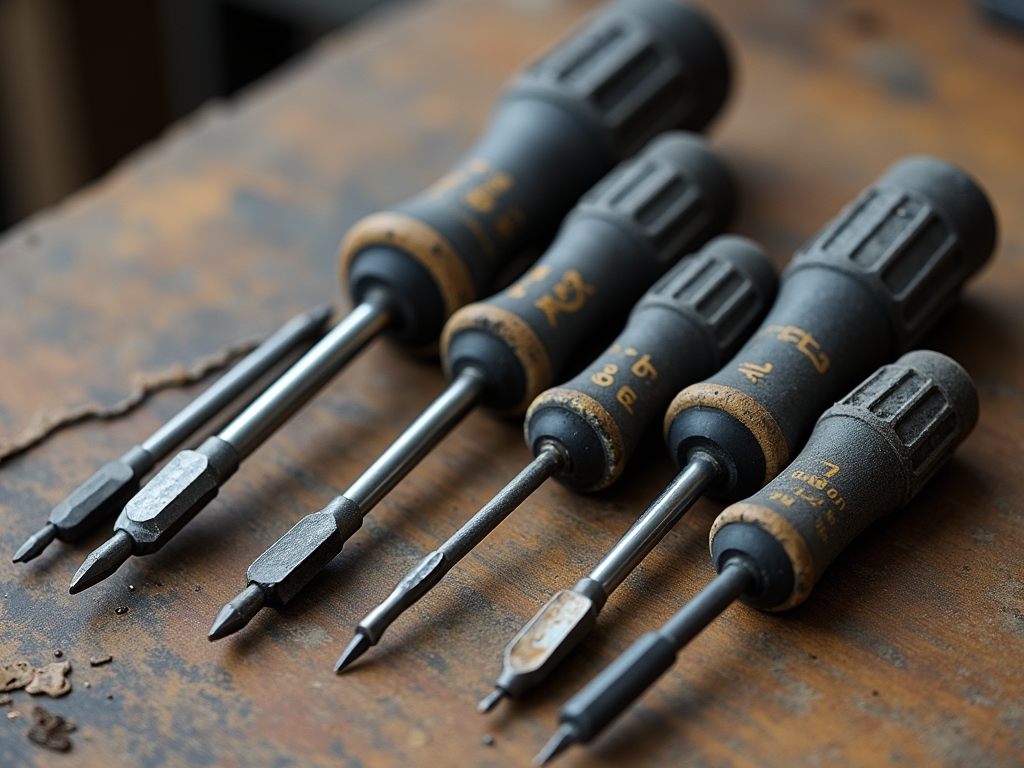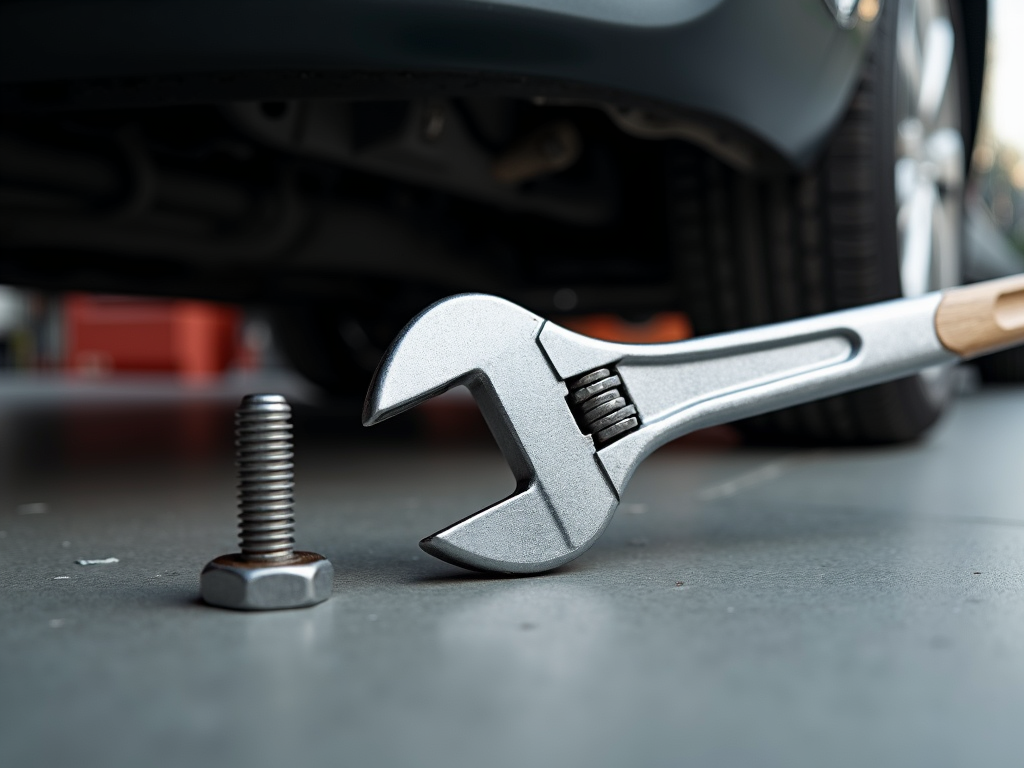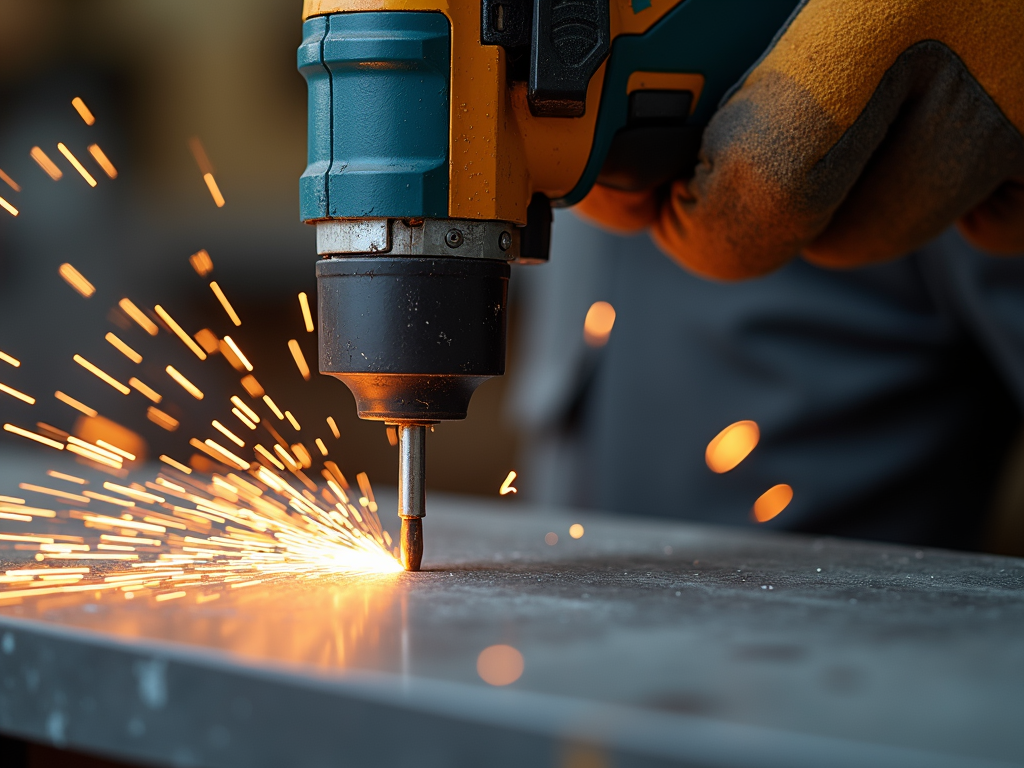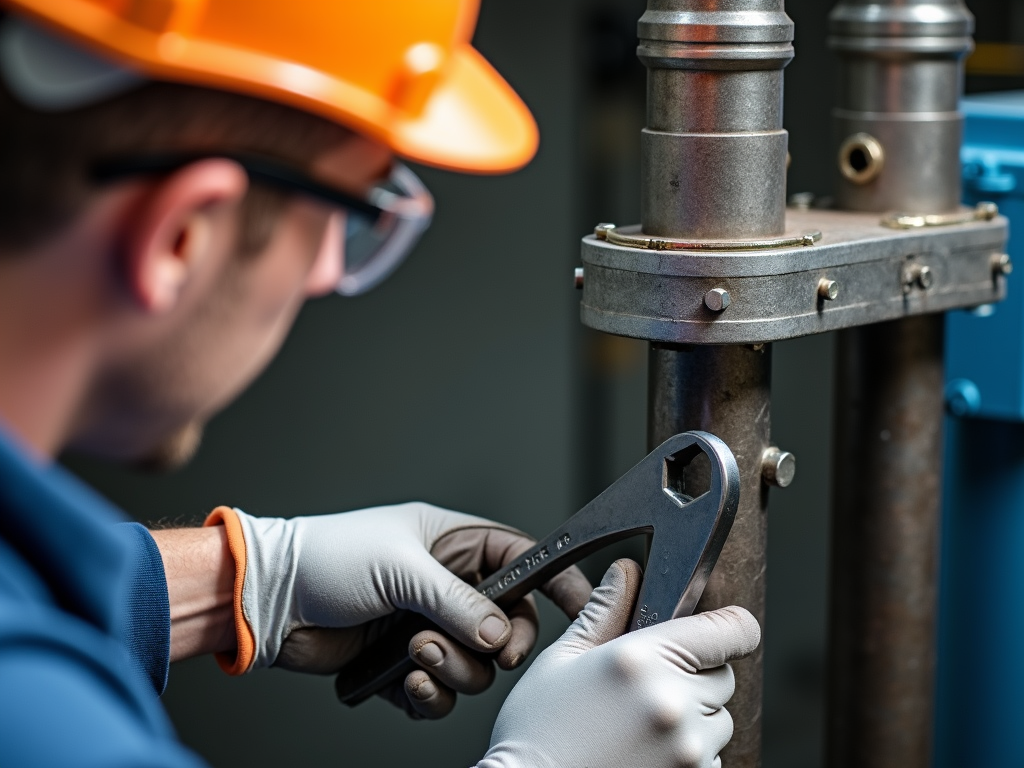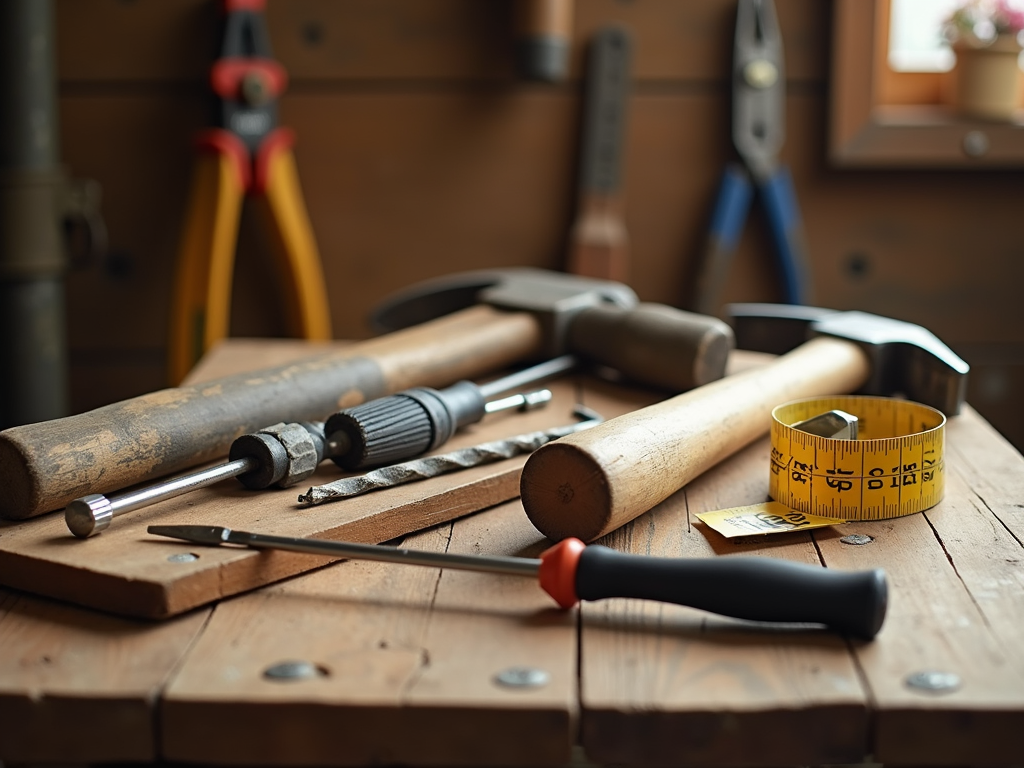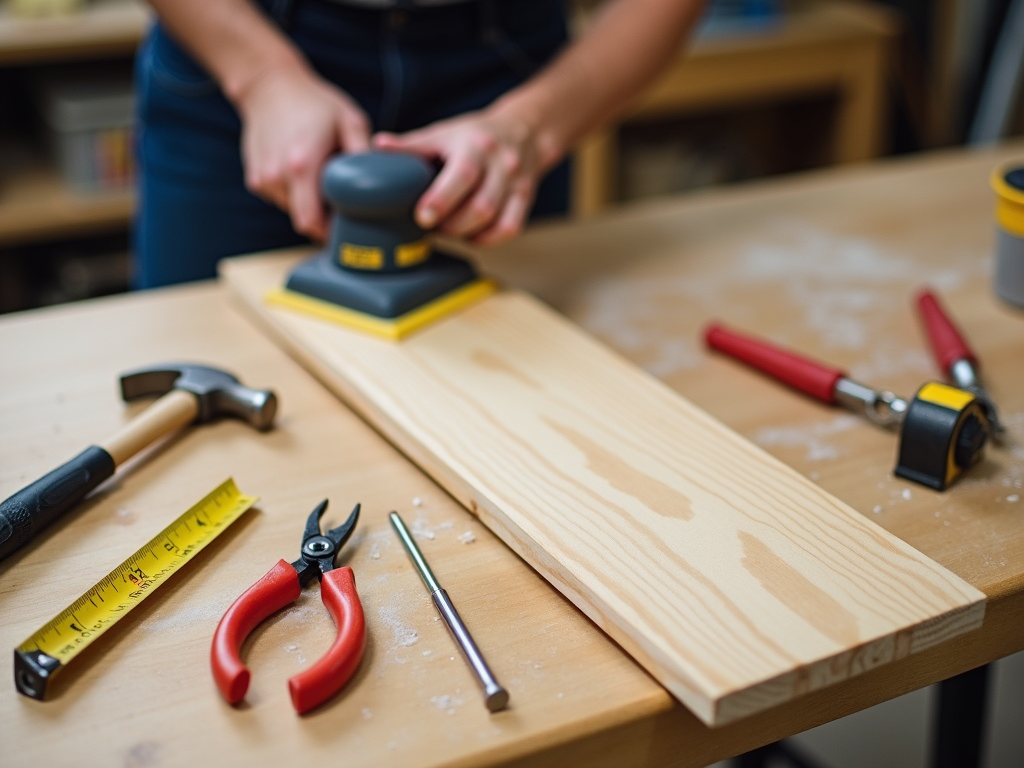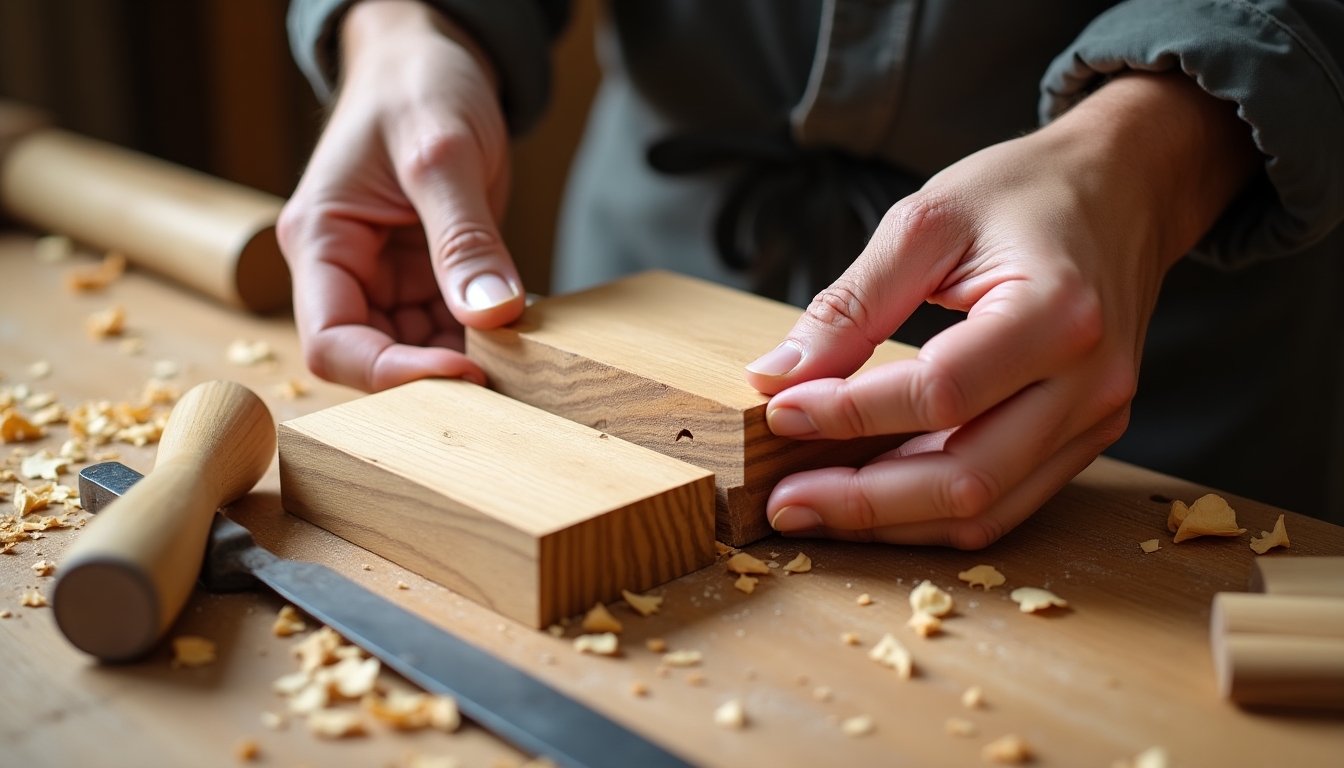Overview
Tools have shaped how we work for thousands of years. From crude stone hammers to modern power tools, The Evolution of Workman Tools: From Past to Present shows how these inventions have made tasks easier and safer. This article traces that journey and explores what’s next.
The Beginning: Tools That Started It All
Long ago, humans relied on simple tools made from stones, sticks, and bones. These weren’t fancy, but they got the job done—hunting, building shelters, and preparing food. Around 3500 BCE, the wheel changed everything, making it easier to move heavy stuff.
Then came the Bronze Age. People figured out how to work with metal, creating stronger tools like axes and hammers. These let them build bigger and better things, from houses to temples.
My take: It’s amazing to think how much we owe to those early tools. They were basic, but they kicked off everything we have today.
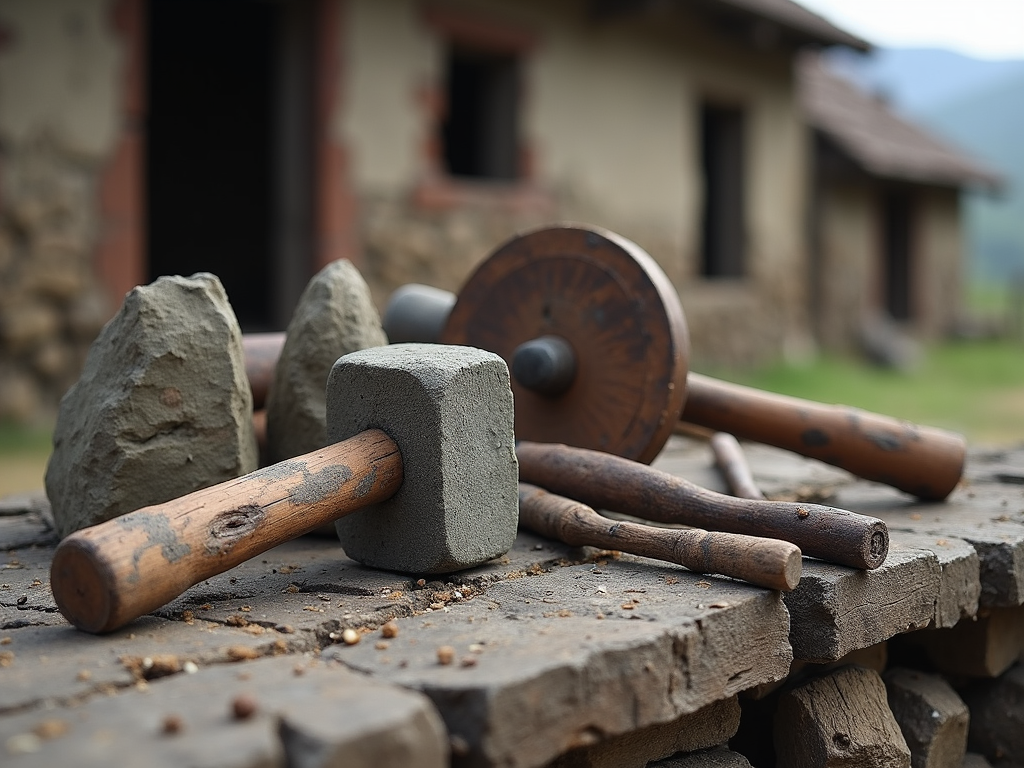
The Industrial Boom: Machines Take Over
The Industrial Revolution, starting in the 1700s, was a game-changer. Suddenly, tools weren’t just handheld—they were powered. Steam engines ran factories, and new machines like lathes made parts faster and more precise.
Workers went from using muscle power to operating equipment. Take the hammer: it evolved from a simple hand tool to a steam-powered version that could shape metal in seconds.
My experience: I once saw an old steam hammer at a history exhibit. The noise and power were incredible—it really hit home how much work those machines saved.
Choosing the Right Tools for Your Trade
As tools got more advanced, they also got more specific. Different jobs needed different gear: - Carpenters used saws and planes for wood. - Masons relied on trowels and chisels for stone. - Plumbers needed wrenches and pipe cutters.
Picking the right tool matters. A carpenter using a plumber’s wrench is asking for trouble—it’s slower and riskier. Today, with so many options, you can find exactly what you need for your trade.
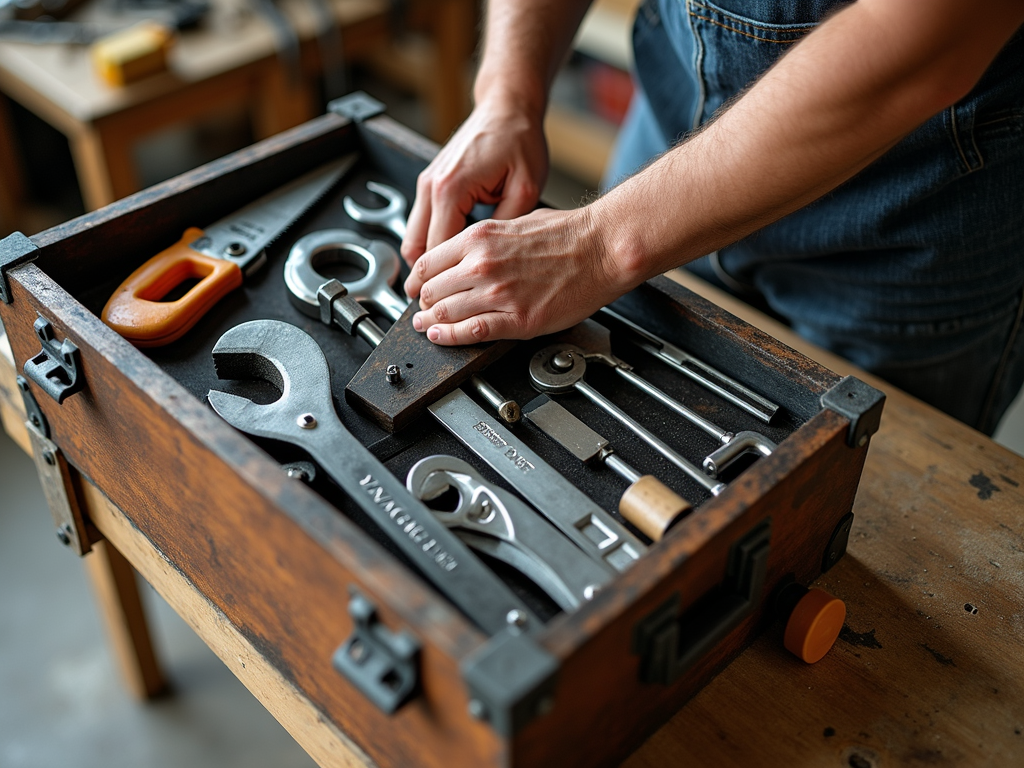
Comfort Comes First: The Ergonomic Shift
By the 20th century, people realized tools could do more than just work—they could work better for the user. That’s where ergonomics came in. Tools started being designed to fit our hands and bodies, cutting down on strain.
Take ergonomic wrenches for reducing hand strain. They’ve got padded grips and angles that make twisting easier. I’ve used one myself, and after hours of tightening bolts, my hands didn’t ache like they used to with a regular wrench.
How Ergonomic Tools Boost Productivity: - You don’t tire out as fast. - Fewer aches mean fewer breaks. - Better grip equals better results.
My story: Switching to ergonomic tools was a small change that made a big difference. It’s like night and day.
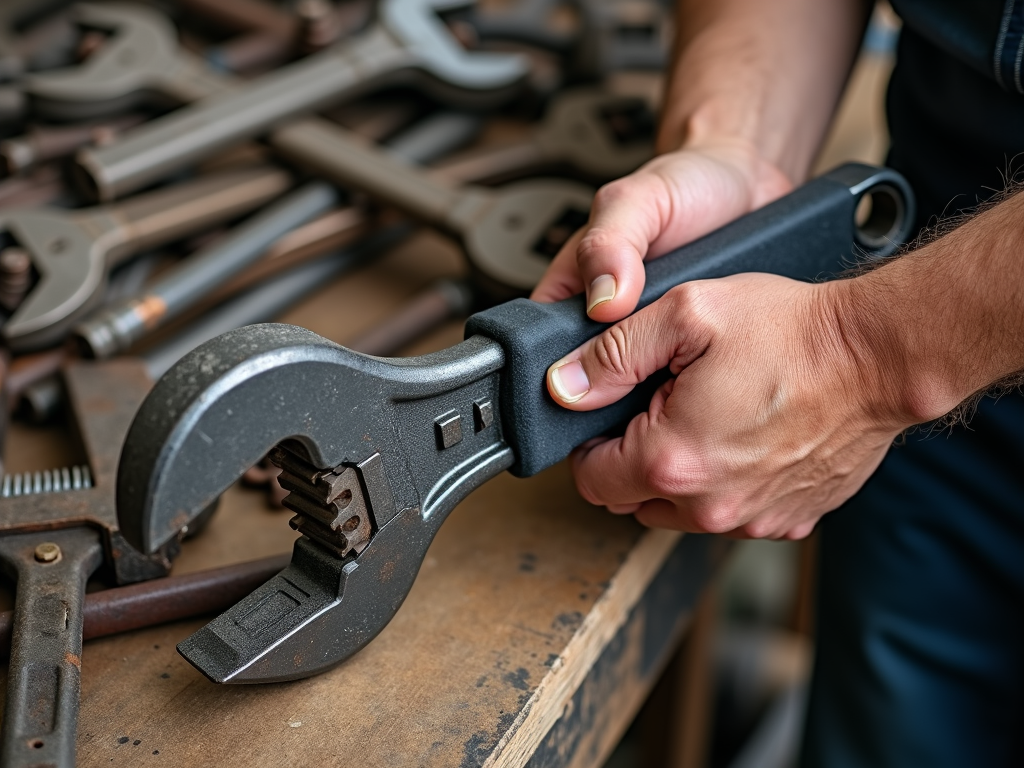
Innovations in Workman Tools Enhancing Comfort
Today’s tools aren’t just about getting the job done—they’re about making it enjoyable. Here are some cool updates:
- Cordless tools: Drills and saws run on batteries, so you’re not tied to a plug.
- Smart features: Some tools have screens showing torque or speed—super helpful for precision.
- Light materials: Think aluminum hammers that don’t wear you out.
These changes make tools easier to use for everyone, not just pros. I’ve got a cordless drill at home, and it’s a breeze compared to the old corded one.
Automation and Beyond: The Future Awaits
What’s next? Tools are getting smarter and more automated. Robots can now handle repetitive tasks—like screwing in bolts—leaving workers free for the tricky stuff.
There’s also talk of AI tools that spot problems and suggest fixes on the spot. Plus, some companies are making tools from recycled materials, which is great for the planet.
My thought: I can’t wait to see a robot assistant in my garage someday. It’d make projects so much smoother.

Wrapping It Up
The Evolution of Workman Tools: From Past to Present is a story of progress. Tools went from rough stones to ergonomic, high-tech helpers, making work faster, safer, and more comfortable. Whether you’re picking the right tool for your trade or trying out the latest innovations, this evolution keeps moving forward.
Next time you grab a tool, think about how far it’s come—and where it might go.
Related The Evolution of Workman Tools: From Past to Present:
- Understanding Torque Specifications: A Comprehensive Guide
- Top 10 Essential Tools for Every DIY Enthusiast
- Essential Wrenches for Automotive Repair: A Mechanic’s Guide
- Choosing the Right Drill Bits for Electrical Installations: A Comprehensive Guide
- The Beginner's Guide to Essential Workman Tools
- Staying Safe with Hand Tools
- Understanding Multimeters: Features and Usage
- How to Choose the Right Electrical Tools for Your Project
- DIY Projects You Can Tackle with Basic Hand Tools
- Beginner’s Guide to Fixing Common Plumbing Issues
- Top 10 Must-Have Tools for DIY Beginners
- Advanced Woodworking Techniques for Enthusiasts
